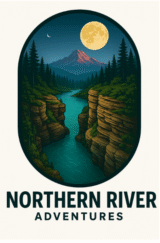Where is it?
Just 40 kilometers from Québec City lies one of the most beautiful escapes I’ve ever experienced: Parc national de la Jacques-Cartier. This place isn’t just a park — it’s a slice of wild, untamed nature that pulls you in and makes you forget you’re so close to the city. I remember the first time I turned off the main road and followed the winding path into the valley. The air changed. It smelled like pine and moss and something ancient. I knew right away this wasn’t going to be just another hike.
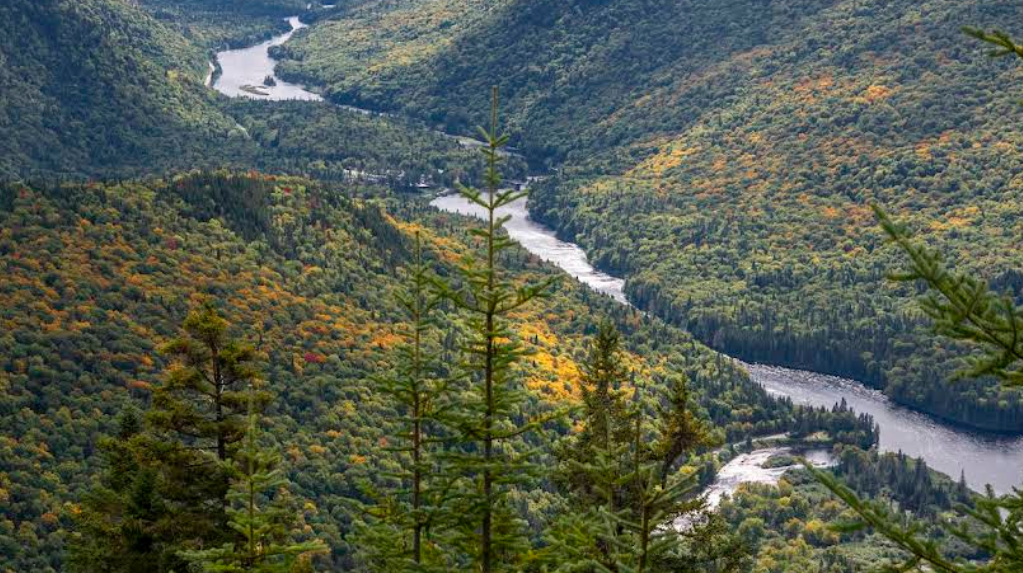
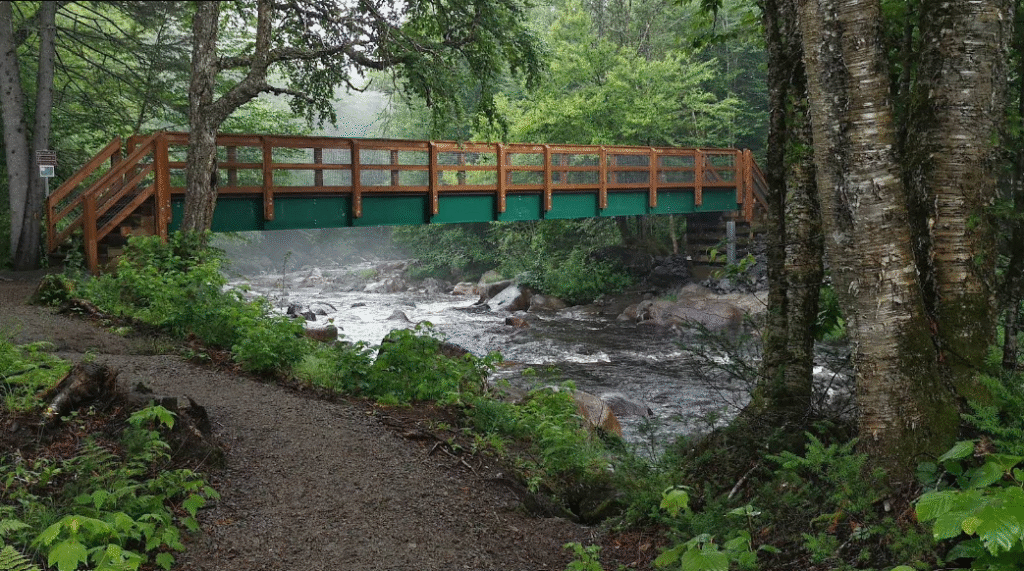
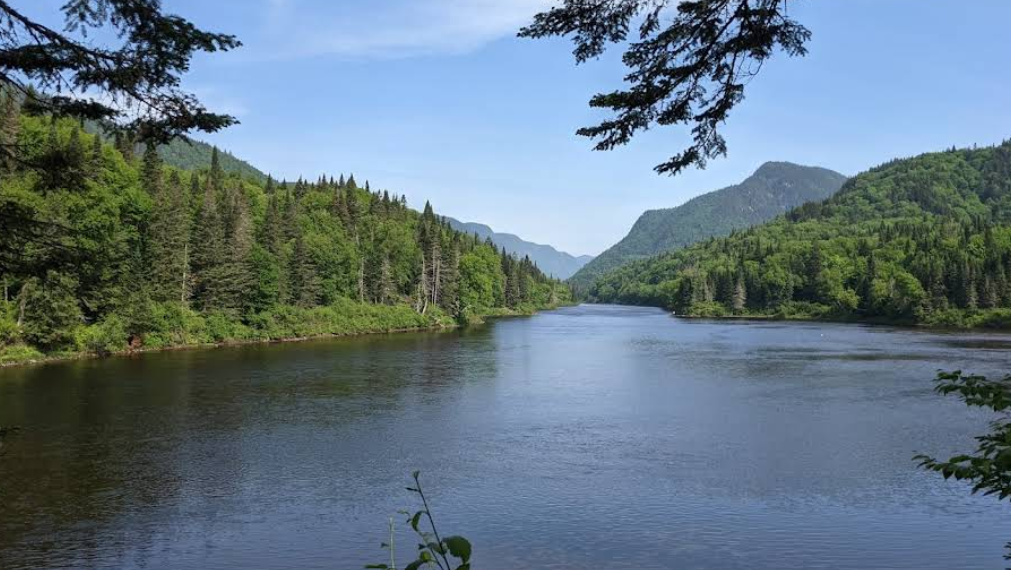
🌲 Park Highlights & What to Expect
📍 Location: Jacques-Cartier National Park, Québec, Canada (approx. 40 km from Québec City)
The park is so close to the city that you could technically visit on a whim, but once you’re there, it feels like you’ve entered a different world. The drive in is beautiful, especially during fall — it’s like cruising through a tunnel of fire-colored trees. Easy to get to, hard to leave.
🌄 Terrain: Deep glacial valleys, 550m cliffs, river gorges, dense boreal forest
This is one of the most dramatic landscapes in the province. Picture this: a massive U-shaped valley carved out by ancient glaciers, flanked by cliffs that seem to touch the clouds. The Jacques-Cartier River snakes its way through the valley, reflecting the towering cliffs and the thick forest. Every step on the trail, you’re surrounded by raw natural beauty.
🐾 Wildlife: Moose, black bears, beavers, wolves, owls, and more
You don’t need to look too hard to find wildlife here. Early mornings are your best bet for spotting moose grazing near the riverbanks. Black bears are more elusive, but they’re out there. The sound of owls at dusk adds a mysterious layer to the forest. I saw beaver dams so big, they looked like man-made barricades.
🚶♂️ Trails: Over 100 km of hiking paths from family-friendly to intense climbs
There’s truly something for every type of hiker. My favorite is Les Loups trail. It’s a challenge, sure — steep and rugged — but the view from the top is worth every drop of sweat. You’ll feel like you’ve conquered something. For families, there are gentler trails like La Rivière Sautauriski that still offer amazing scenery.
🛶 Summer Activities: Kayaking, canoeing, paddleboarding, fly-fishing, biking
One summer morning, I launched a kayak at sunrise and had the river to myself — mist rising from the water, silence all around. Whether you prefer paddleboarding, biking along the trails, or casting a fly in the hope of catching trout, the summer vibe here is all about reconnecting with nature.
❄️ Winter: Snowshoeing, backcountry skiing, fat biking, winter camping
If you think the park is only for summer, think again. I went back in February and tried snowshoeing for the first time. The forest is transformed — quieter, softer, more magical. Fat biking across snowy trails is thrilling, and winter camping? Cold, yes, but unforgettable.
🧭 Season: Open year-round, but access varies by season and snowfall
Spring brings rushing rivers and muddy paths, summer gives you long daylight hours, autumn is an explosion of color, and winter is straight out of a snow globe. Check conditions before you go, but don’t skip any season — they each have their own magic.
One of the most peaceful moments you can have in Jacques-Cartier National Park is the walk along the river. The trail gently winds beside the Jacques-Cartier River, offering panoramic views of still waters reflecting the cliffs and forest like a perfect mirror. The sound of flowing water becomes your rhythm, and if you walk early in the morning, mist floats just above the surface like something out of a dream. It’s the kind of path that doesn’t just take you forward—it brings you inward.
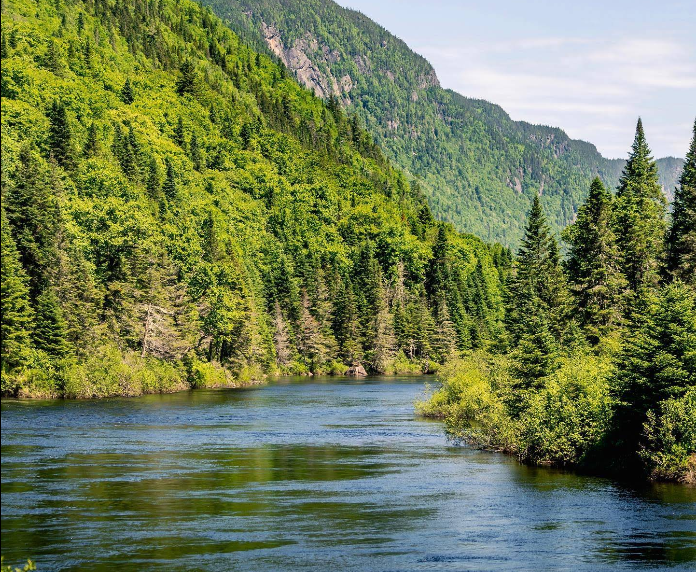
🧳 What to Pack
Being well-equipped made all the difference in my experience. Here are a few things that truly elevated the trip and helped me make the most of every trail and weather change:
- Hiking Boots – The terrain is no joke, and you need ankle support. I wore the waterproof, breathable boots from our shop and they gripped the rocky trails like a dream.
- Waterproof Jacket – Sudden showers are common. The lightweight but sturdy jacket I packed kept me dry without overheating.
- Convertible Pants – These saved my legs from bugs and brush during the day and became shorts when the sun came out.
- Walking Stick – Honestly, it helped so much on steep sections, especially with a backpack. And it folds up when not needed.
- Merino Wool Base Layers – Whether it’s hot or chilly, they regulate your body temperature and keep you fresh.
- Daypack with Water Bladder – Stay hydrated on the go. No need to stop every few minutes.
- Trail Snacks – Protein bars, mixed nuts, and jerky — all light, high energy, and no prep needed.
- Bug Spray & Sunscreen – Trust me, the bugs don’t mess around here.
- Compact Binoculars – Great for spotting birds and moose from a distance.
- Dry Bag for Electronics – That river mist and sudden rain will test your gear.
- Camp Stove & Titanium Mug – I brewed coffee on a rock ledge watching the sunrise. Worth every ounce.
- Multi-tool – Open cans, cut branches, fix straps. Don’t leave without one.
- Map & Compass – The phone signal is spotty — go analog.
🛌 Where to Stay Nearby
If you want to be close to the trails but still sleep in comfort, you’ve got options. I tried three types of stays and loved them all for different reasons:
- Log Cabins: Right in the park. Rustic, quiet, and surrounded by wilderness. I stayed in one with a fireplace and it was perfect after a long day.
- Camping: There are organized sites if you want to rough it (or glamp it). Great way to really live in the wild for a few nights.
- Old Québec City Hotels: If you want history, great food, and a cozy bed, staying in the city is a great option. I spent a night at Hotel du Vieux-Québec — breakfast was delivered in a basket. Yes, a literal basket.
- Chalets & Tiny Homes: I rented a tiny house one weekend and it had everything — kitchen, WiFi, even a hot tub under the stars.
- Airbnbs on the Outskirts: Plenty of options with mountain views, full kitchens, and privacy.
- Yurts in the Park: Heated, insulated, and right in nature. Way more comfortable than I expected.
🪶 Local Legend: The Whispering Pines of Moosehead Lake
There’s an old story that floats through the firs and across the misty waters of Moosehead Lake — a legend known only to those who’ve stayed long enough to hear the forest speak.
Locals say that somewhere near the north end of the lake, not far from Mount Kineo, there’s a grove of ancient pines known as the Whispering Pines. They’re not marked on any map. No signpost points the way. You don’t find them — they find you.
The story begins with a Penobscot elder named Waban. Centuries ago, he was a guide for settlers and trappers making their way through Maine’s harsh interior. Waban was respected, even by those who didn’t understand his deep connection to the land. They say he could read the forest like a book — a glance at the moss, the wind, the direction of fallen leaves — and he’d know whether it was safe to press on or time to turn back.
But one fall, something changed. A hunting party led by outsiders insisted on cutting deeper into the forest, ignoring Waban’s warnings. They wanted elk, and they wanted them now. Waban told them not to enter the grove at night — it was a sacred place where the spirits of the forest came to speak. But they laughed, lit torches, and marched in.
None of them came out.
Waban, they say, returned alone, shaken, and never spoke again. He passed away not long after, but the forest remembered.
Campers who’ve strayed too far off the trail report hearing soft voices in the trees — not quite wind, not quite words. Some say it’s Waban’s spirit, still trying to warn travelers. Others say it’s the forest itself, keeping its secrets.
Even today, old guides will tell you: “If the pines start whispering, listen. And don’t ask questions you don’t want answered.”
No one’s ever captured the sound on tape. Phones die. Batteries drain. You’ll only hear it when you’re truly alone — when the fire’s low, the moon is high, and the air’s gone cold with memory.
Believe it or not, once you’ve spent a night under those trees, something changes. You don’t talk the same way about the woods after.
Some folks chase moose sightings. Others go looking for stargazing spots or epic summit views.
But me? I hike a little slower up here — listening, wondering… hoping one day, the pines might whisper something just for me.
If you’ve made it this far, you’re probably already packing your bags—or at least dreaming of fresh pine air and the quiet rustle of leaves above your tent. And if you’re not, well… maybe read it again.
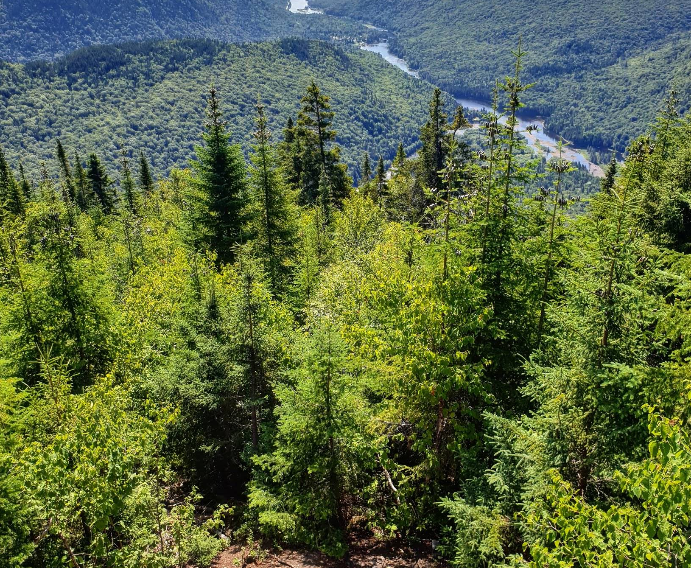
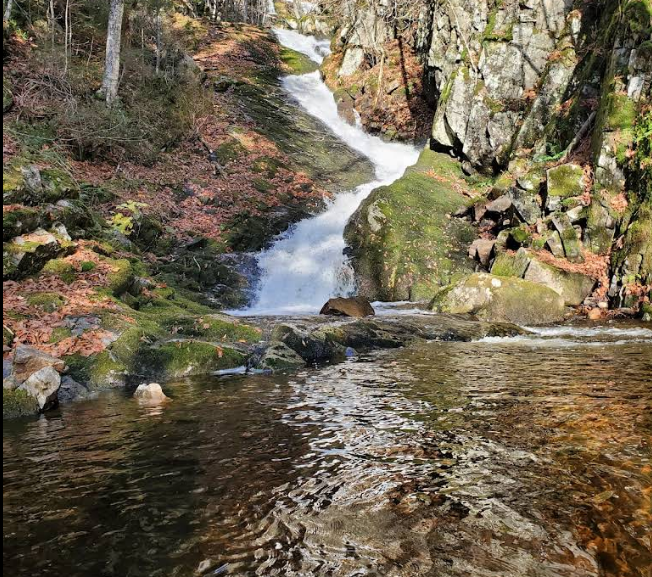
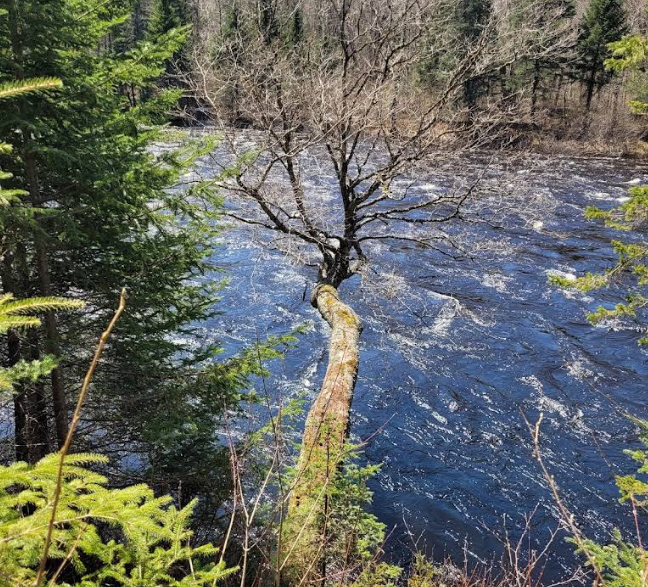
Jacques-Cartier National Park isn’t just another place to check off your list. It’s an experience—raw, powerful, healing. It’s where I remembered what silence really sounds like. Where you start to forget what day it is and begin to measure time by how many stars are out, or how warm your coffee feels in your hands before sunrise.
It’s not for the people chasing a “perfect” Instagram shot—although, let’s be honest, the views are insane. It’s for the ones who crave something real. A pause. A challenge. A reconnection with something bigger than themselves.
Whether you’re coming with a full crew, solo with a journal, or dragging your city friends who “don’t do nature” (yet), you’ll find something here. A trail that speaks to you. A river that humbles you. A story to tell.
My biggest advice? Don’t overplan it. Let the park surprise you. Wander a bit. Watch the way mist curls off the mountains in the morning. Trust your gut if it tells you to stay an extra day. It’s usually right.
Before you go, don’t forget to grab your gear in our shop. Everything I recommend has been tested in the field and chosen for real explorers, not showroom models. You’ll find what you need, and a few things you didn’t know you needed—but won’t want to camp without again.
And hey—if this post helped you in any way, share it with someone. Maybe a friend who needs the wild as much as you do. Or someone who forgot what it feels like to be small in the best way possible.
Until next adventure—stay wild. Stay grounded.
I’ll see you out there.
And remember, the North always calls back its own.
